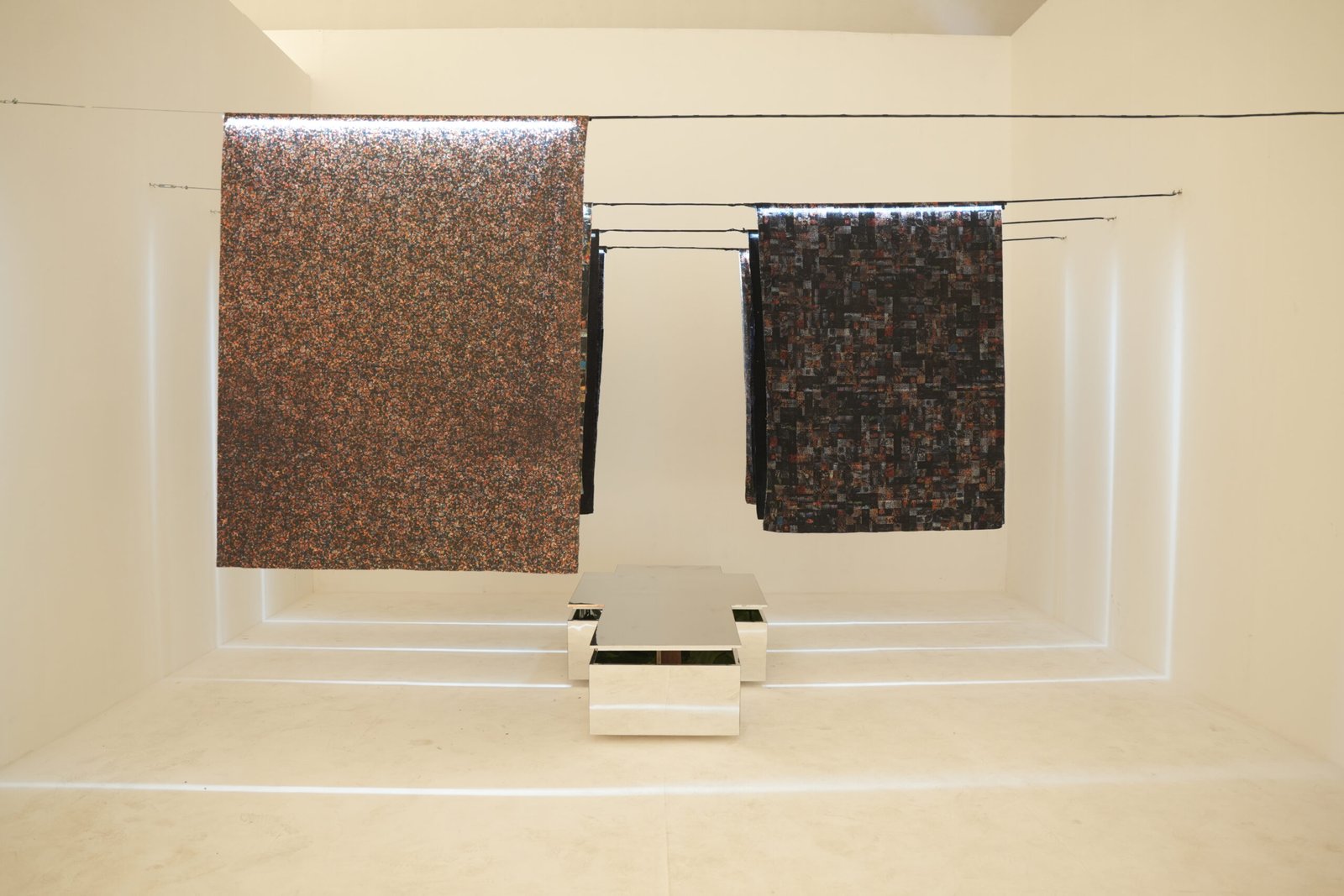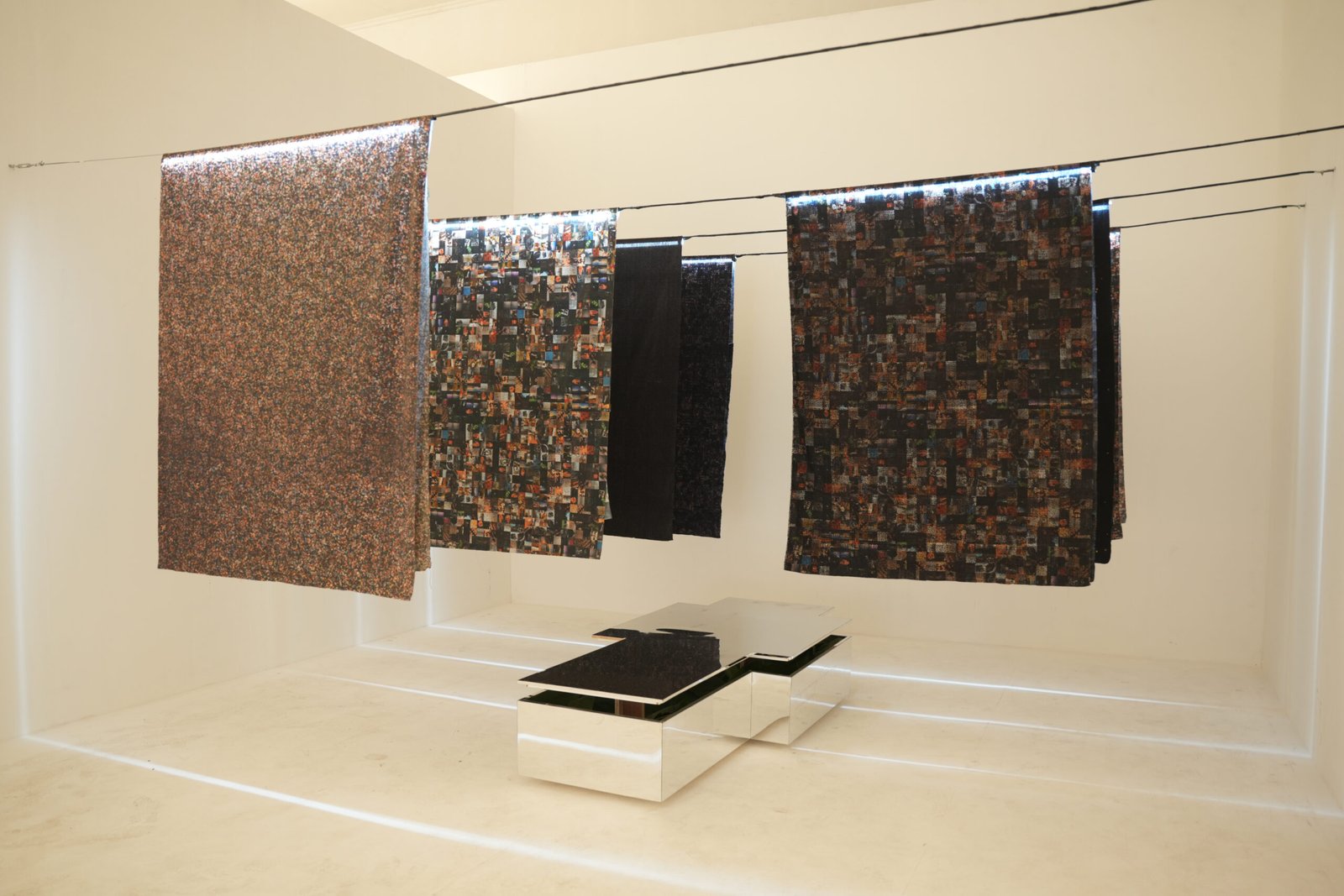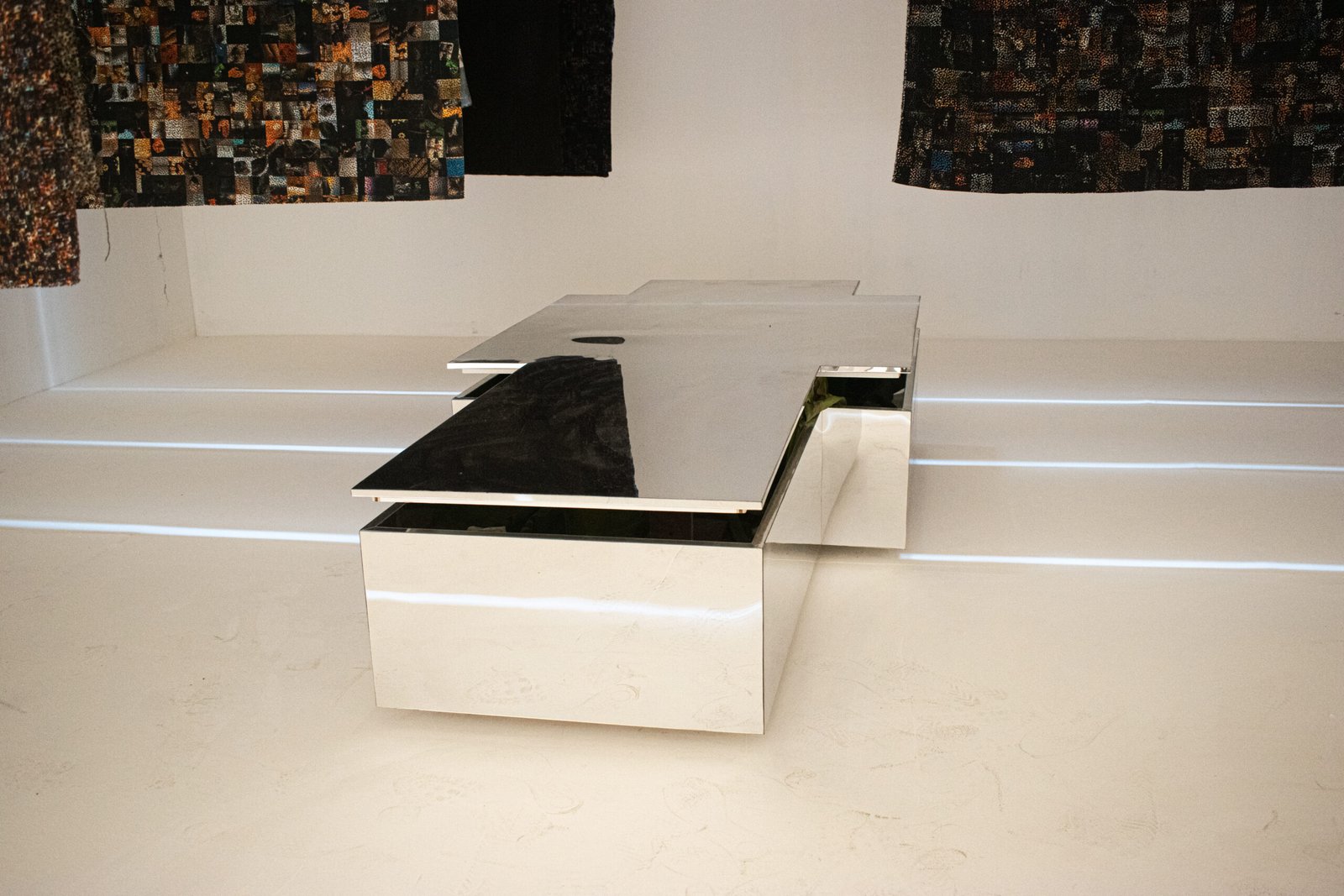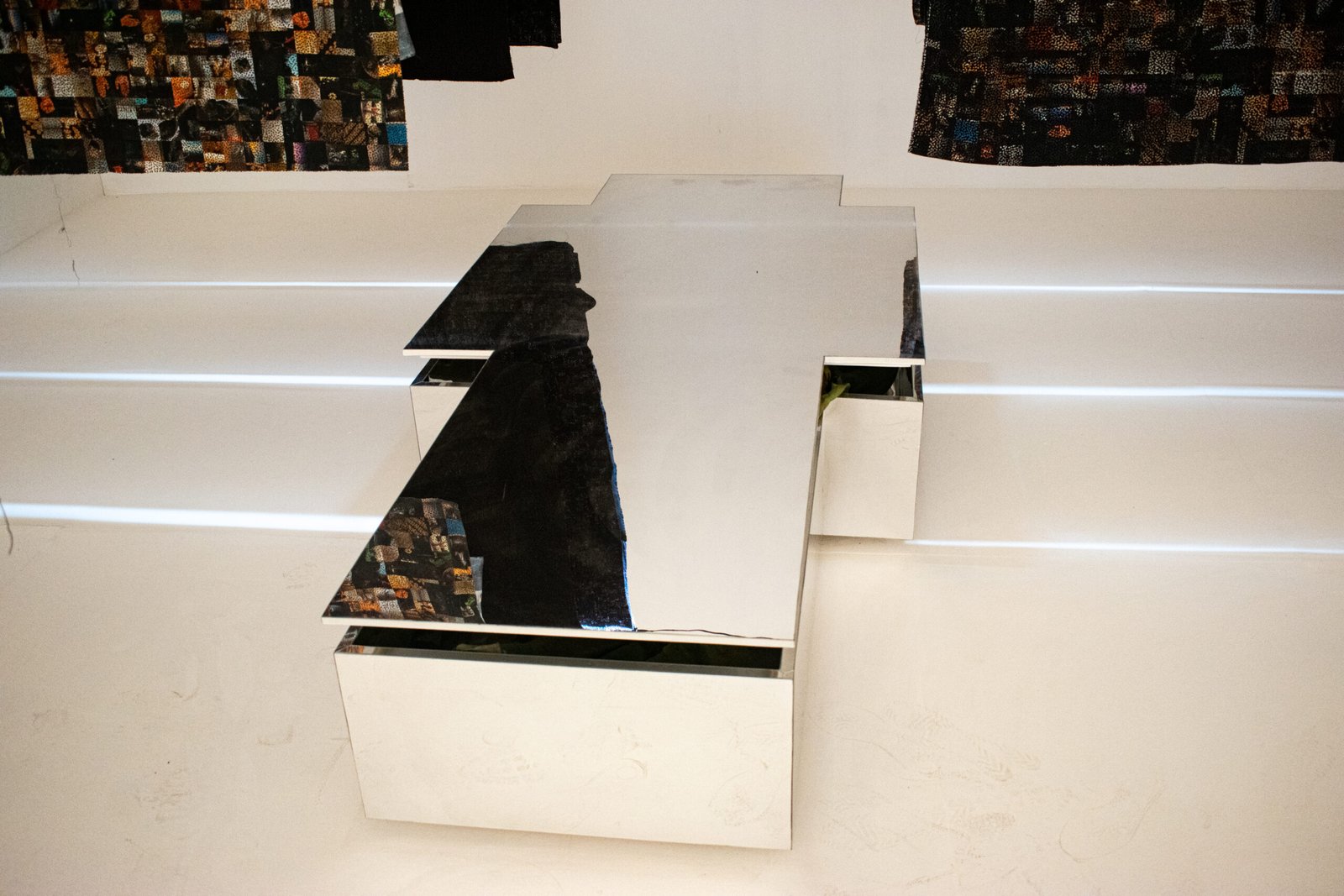Biografi Singkat
Biografi Singkat
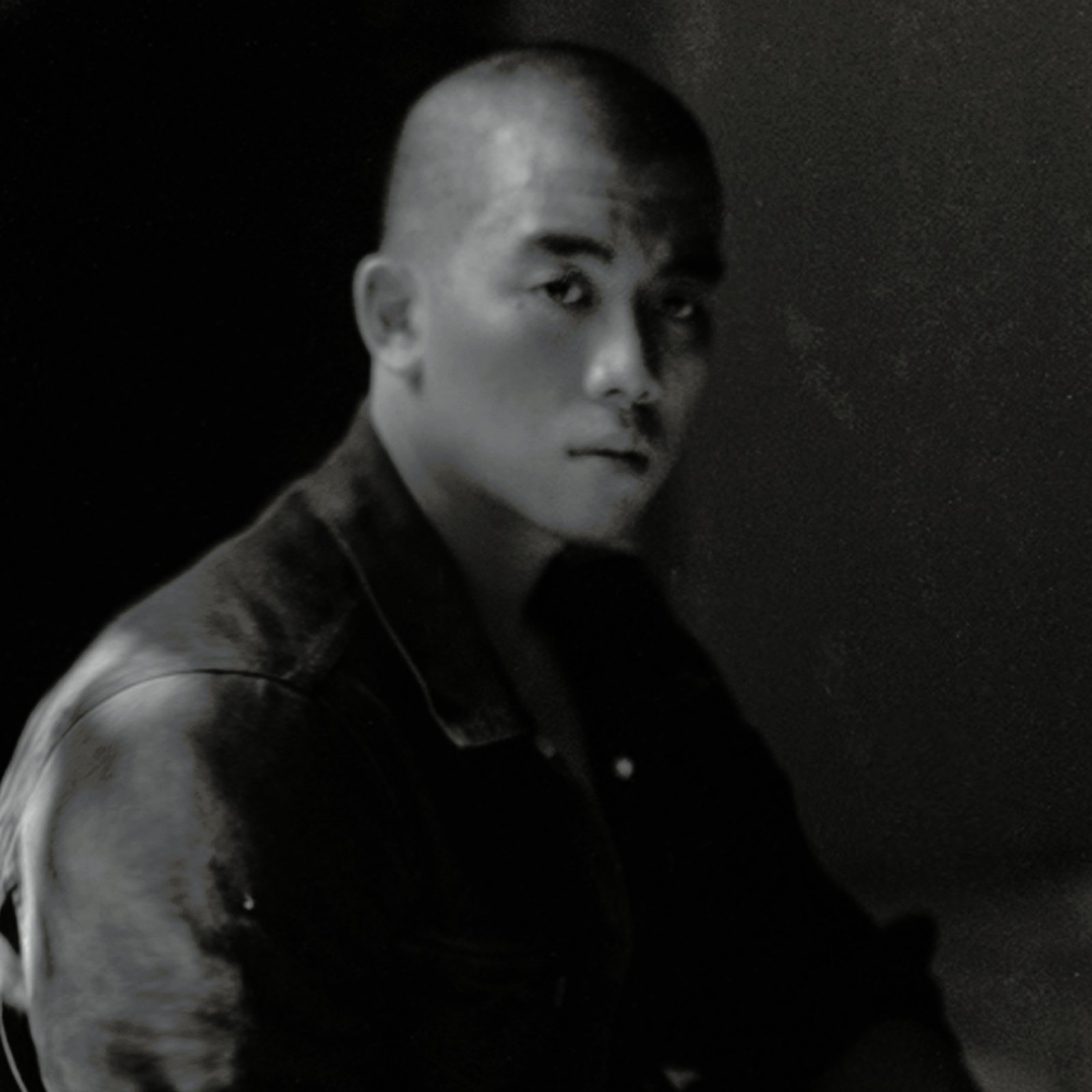
Alexander Sebastianus
Dalam berkarya Sebastianus menggabungkan metode generasi pembuatan gambar antara fotografi dan batik. Dengan metode ini pula ia mencoba menguraikan kembali asa-usul manusia, semacam geneaologi, dan ke mana pula tujuan hidupnya. Itulah kenapa karyanya dalam ARTSUBS 2024 berjudul “Sangkan-Paran”—sebuah penggalan dari filsafat Jawa sangkan paraning dumadi yang, kurang-lebih, berarti “dari mana dan akan ke mana hidup manusia”. Dengan ini pula, Sebastianus menggali kembali kekuatan budaya lokal Jawa dalam memberi pegangan bagi kehidupan modern.
Sebastianus dilahirkan di sebuah kota di Jawa pada 1995. Ia meraih gelar sarjana seni dari Massachusetts College of Art and Design, Amerika Serikat, pada 2018. Karya-karyanya yang berupa patung, fotografi, batik, dan instalasi telah dipamerkan di sejumlah gelaran tunggal, yaitu Kemudian pameran tunggal lainnya adalah Dari, di ISA Art and Design, Jakarta, 2024; Abdi Alam di Omah Budoyo, ISA Art and Design, Yogyakarta, 2022; Interwoven: A Weavers Recalling of Time”, di Art Agenda, Jakarta, 2020; dan Dari (Coming froms), di DMC103, Boston, Amerika Serikat, 2018.
Sebastianus juga berpartisipasi dalam sejumlah pameran bersama, di antaranya, New/Now di Art SG, Marina Bay, Singapura, 2023; Past, Future, Present di Galeri Nasional Singapura, Singapura, 2022; dan Setelah yang Lirada di Lawangwangi Artspace, Bandung, 2022.
Karya Seni
Deskripsi Karya
Sebastianus Hartanto (b. 1995) revisits the question of ‘from/dari’ through the lens of an ethnographer, craftsman, artist and writer, by re-contextualizing objects and practices that recollect and embody the materiality of belonging. In this body of work for ARTSUBS; ‘Ways of Dreaming’ Sebastianus explores the continuous journey of seeking to question the beginnings and directions of dreams (Sangkan Parang Dumadi)In its relation to our past, our froms —Dari.
‘Apa itu mimpi tanpa dari?’ (2024) displays seven clothes hung on fluorescent light. The seven cloth represents what Hartanto practices as ‘Mbaka Satitik – Ritualization of From’ a craft/kriya practice where each drop of beeswax recalls particles of a memory. For Hartanto the materialization of our lost memories, existing as belongings holding the essence of our from. Thus the creation of dreams cease to exist in derivation from a memory, a history or a past. Batik cloths acts as living artifacts of our past, as time keepers which gives the allowance to dream.
To dream is to make new realities, in relation of our froms. ‘Kematian demi Bermimpi Lagi’ reflects the existentialist phenomenon of life in the cosmic reality of deaths, admist our capacity of humans to dream. Sebastianus previous works in Dari ritualized the act of birth through re-enactment of the fetal pose also known as ‘Balasana’ or
‘Sujud’. In this work Sebastianus inquires what does it mean to re-enact, to ‘latih/practice’ death and what is the ultimate experience/pur-pose of such. Th re-enactment of death, is composed with the preparation towards nothingness, a man with no memory, no dreams. Within that preparation we come to assemble and accumulate all of our belongings (the past) and becomings (what we dreamt to be) into points end. Are there possibilities at the end of the tunnel? We dream at our daily sleeps, would I be able to dream at deaths bed. Perhaps the greatest dreams is within the deepest sleep of nothingness. We may associate death as the end of life, yet the cylicality of life after death are things beyond our comprehension if we evidently live through the lens of “mikrokosmos” and the “makrokosmos”, as believed in Javanese culture. Thus this installation and performance explores the ritu-ality of death as a way of dreaming, at the very endpoint of.
“Cekelana impenmu, amarga yen impen mati, urip iku kaya manuk sing swiwine tugel lan ora bisa mabur.” is a Javanese proverbs that translates to ‘keep holding on to our dreams, as if it dies, you will be like a bird that has broken its wings, unable to fly again’.
Deskripsi Karya
Sebastianus Hartanto (b. 1995) revisits the question of ‘from/dari’ through the lens of an ethnographer, craftsman, artist and writer, by re-contextualizing objects and practices that recollect and embody the materiality of belonging. In this body of work for ARTSUBS; ‘Ways of Dreaming’ Sebastianus explores the continuous journey of seeking to question the beginnings and directions of dreams (Sangkan Parang Dumadi)In its relation to our past, our froms —Dari.
‘Apa itu mimpi tanpa dari?’ (2024) displays seven clothes hung on fluorescent light. The seven cloth represents what Hartanto practices as ‘Mbaka Satitik – Ritualization of From’ a craft/kriya practice where each drop of beeswax recalls particles of a memory. For Hartanto the materialization of our lost memories, existing as belongings holding the essence of our from. Thus the creation of dreams cease to exist in derivation from a memory, a history or a past. Batik cloths acts as living artifacts of our past, as time keepers which gives the allowance to dream.
To dream is to make new realities, in relation of our froms. ‘Kematian demi Bermimpi Lagi’ reflects the existentialist phenomenon of life in the cosmic reality of deaths, admist our capacity of humans to dream. Sebastianus previous works in Dari ritualized the act of birth through re-enactment of the fetal pose also known as ‘Balasana’ or ‘Sujud’. In this work Sebastianus inquires what does it mean to re-enact, to ‘latih/practice’ death and what is the ultimate experience/pur-pose of such. Th re-enactment of death, is composed with the preparation towards nothingness, a man with no memory, no dreams. Within that preparation we come to assemble and accumulate all of our belongings (the past) and becomings (what we dreamt to be) into points end. Are there possibilities at the end of the tunnel? We dream at our daily sleeps, would I be able to dream at deaths bed. Perhaps the greatest dreams is within the deepest sleep of nothingness. We may associate death as the end of life, yet the cylicality of life after death are things beyond our comprehension if we evidently live through the lens of “mikrokosmos” and the “makrokosmos”, as believed in Javanese culture. Thus this installation and performance explores the ritu-ality of death as a way of dreaming, at the very endpoint of.
“Cekelana impenmu, amarga yen impen mati, urip iku kaya manuk sing swiwine tugel lan ora bisa mabur.” is a Javanese proverbs that translates to ‘keep holding on to our dreams, as if it dies, you will be like a bird that has broken its wings, unable to fly again’.

